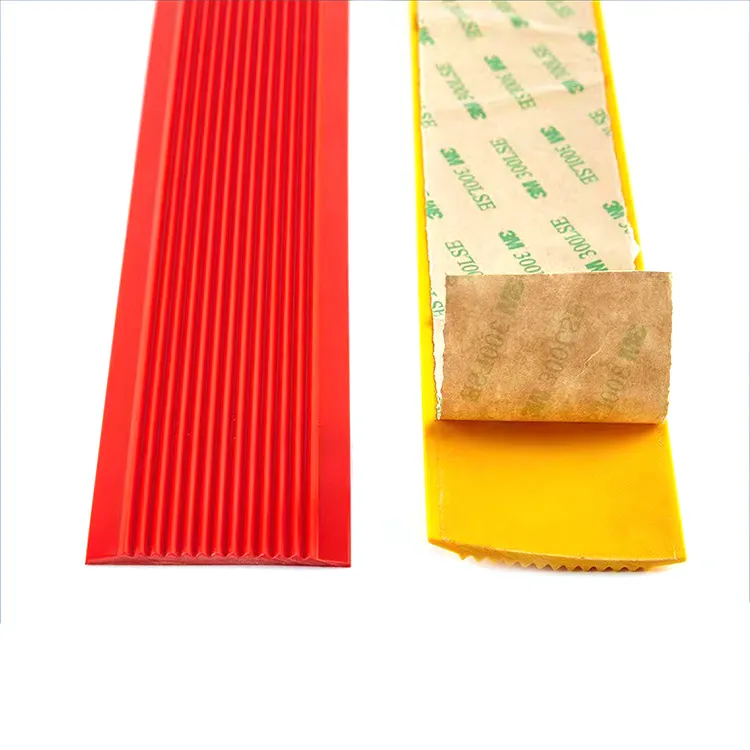Effective Weather Stripping Solutions for Doors to Enhance Energy Efficiency
Weather Stripping for Door Bottoms Essential Guide for Homeowners
As seasons change, the importance of maintaining a comfortable and energy-efficient home becomes apparent. One often overlooked yet crucial aspect of home maintenance is weather stripping, particularly at the bottom of your doors. Weather stripping helps prevent drafts, keeps your home insulated, and ultimately saves you money on heating and cooling costs. In this article, we will explore what weather stripping is, why it is necessary, the types available, and how to install it effectively.
What is Weather Stripping?
Weather stripping refers to the material used to seal the gaps between doors and windows, preventing air leaks. It is essential for enhancing energy efficiency in homes. The bottom of doors, where they meet the floor, is a common area for air infiltration, which can lead to uncomfortable indoor temperatures, increased energy bills, and damage to your home due to moisture ingress. Utilizing weather stripping at the door bottom ensures that your indoor environment remains stable and comfortable.
Why is Weather Stripping Necessary?
1. Energy Efficiency One of the primary benefits of installing weather stripping is its contribution to energy efficiency. By sealing gaps at the door bottoms, you can reduce the amount of heated or cooled air that escapes your home. This can lead to noticeable savings on your energy bills, especially during extreme weather conditions.
2. Comfort Drafts can make your home feel colder in winter and hotter in summer. Weather stripping eliminates these drafts, ensuring that your HVAC system works more efficiently and maintains a consistent indoor temperature, leading to a more comfortable living space.
3. Moisture Protection Weather stripping can help prevent moisture from entering through gaps at the bottom of doors, reducing the risk of mold and mildew growth. This is particularly important in areas with high humidity or heavy rainfall.
4. Noise Reduction In addition to air infiltration, weather stripping can help reduce noise from outside. This can contribute to a more peaceful living environment.
Types of Weather Stripping
There are several types of weather stripping materials available, each with its own advantages
1. V-Seal or V-Strip This type is made from plastic or metal and is attached to the door frame. Its unique shape helps seal gaps effectively.
weather stripping door bottom

2. Foam Tape Soft and easily compressible, foam tape can fill gaps and is suitable for irregular surfaces. It comes in various thicknesses and is straightforward to install.
3. Door Sweeps Door sweeps are installed at the bottom of the door and create a barrier that blocks drafts and moisture. They come in various designs, including rubber and metal.
4. Felts and Gaskets Felt strips can be used for light duty sealing. They are easily applied and effective, although they may not last as long as more rigid materials.
How to Install Weather Stripping at the Door Bottom
Installing weather stripping is a relatively simple DIY project that can lead to significant benefits
1. Measure the Gap Start by measuring the gap between the door and the floor. This will help you select the correct type and length of weather stripping.
2. Choose Your Material Based on your preferences and the size of the gap, choose the appropriate weather stripping material.
3. Clean the Area Before installation, clean the door bottom and the area where the weather stripping will be applied. This ensures better adhesion.
4. Install Follow the manufacturer's instructions for installing your chosen weather stripping material. For door sweeps, align it at the bottom of the door and secure it with screws or adhesive.
5. Test It After installation, close the door and check for any gaps. You can make adjustments as necessary to achieve a tight seal.
In conclusion, weather stripping the bottom of your doors is an essential maintenance task that offers numerous benefits. By enhancing your home’s energy efficiency, comfort, and protection against moisture and noise, weather stripping is a simple solution that can result in substantial savings and a more pleasant living environment. As the seasons shift, consider making this valuable upgrade to your home.
-
Under Door Draught Stopper: Essential ProtectionNewsJul.31,2025
-
Garage Door Seal and Weatherstrips for ProtectionNewsJul.31,2025
-
Edge Banding Tape for Perfect EdgesNewsJul.31,2025
-
Table Corner Guards and Wall Corner ProtectorsNewsJul.31,2025
-
Stair Nose Edging Trim and Tile Stair SolutionsNewsJul.31,2025
-
Truck Bed Rubber Mats for Pickup BedsNewsJul.31,2025
-
Window Weather Stripping for Noise ReductionNewsJul.29,2025